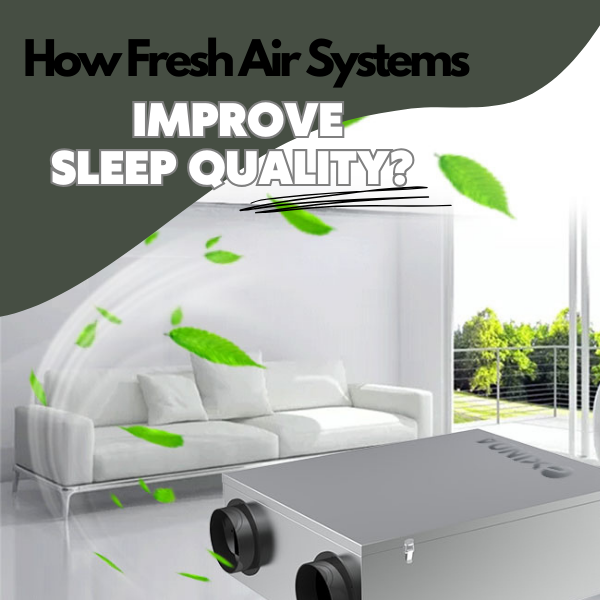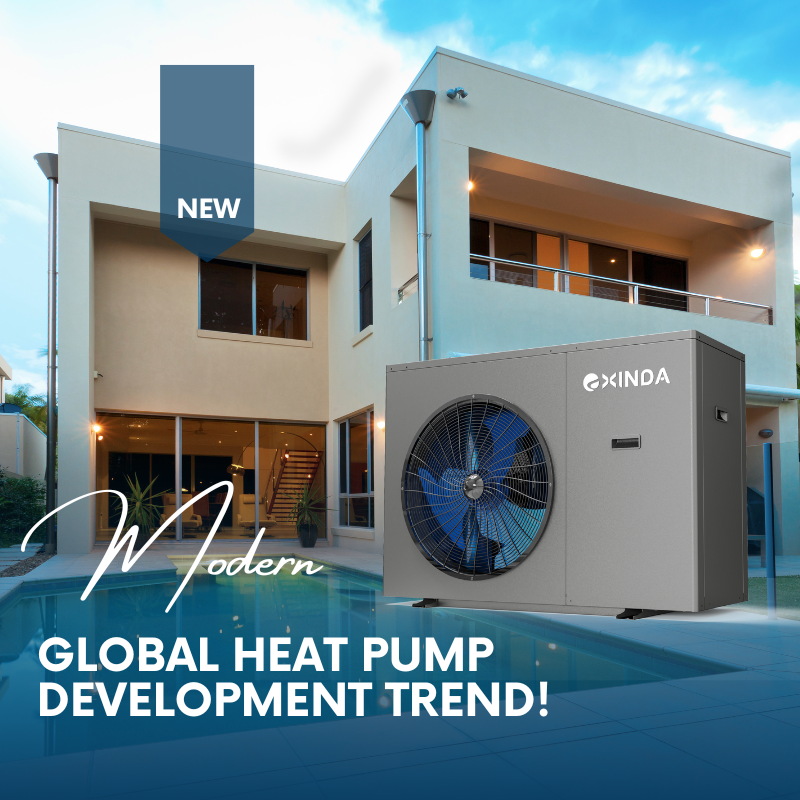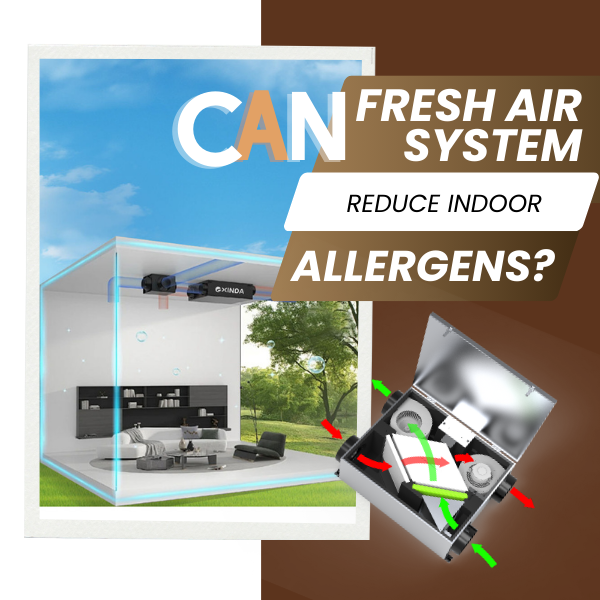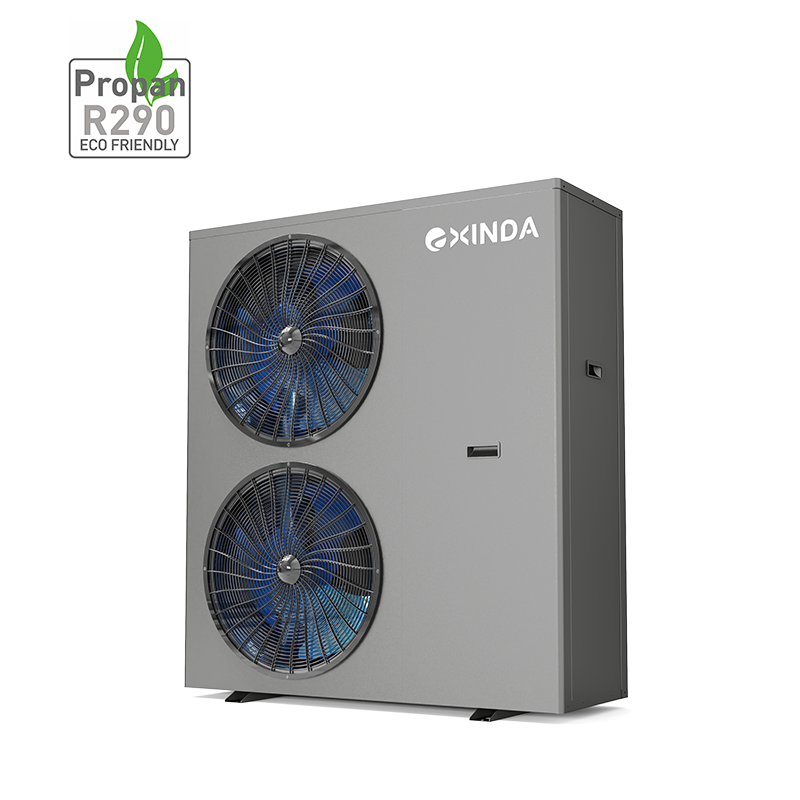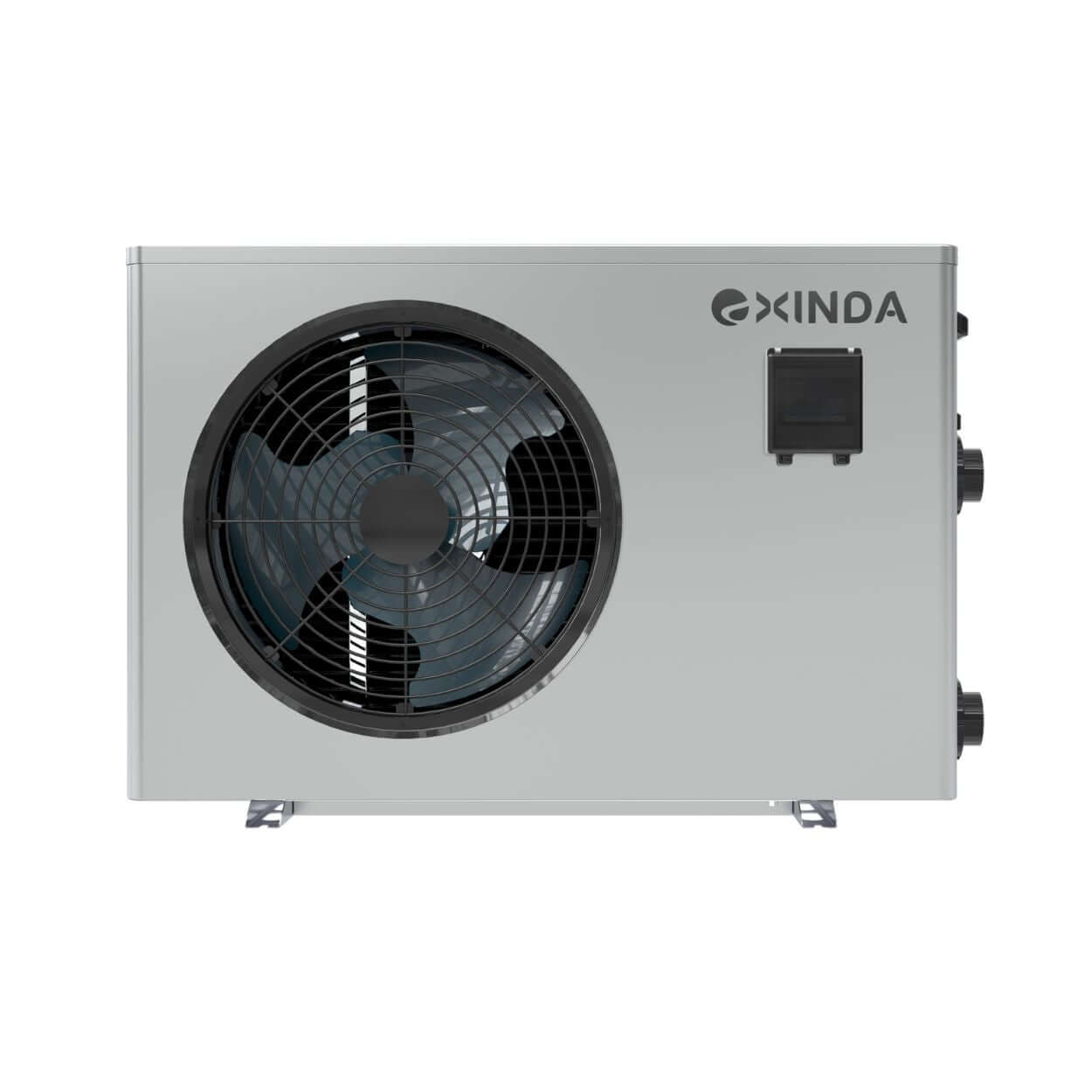Struggling to get a good night's sleep? Fresh air systems can significantly enhance your sleep quality. Let's explore how these systems work and their benefits.

The Link Between Air Quality and Sleep
Good air quality is crucial for restful sleep. Pollutants, allergens, and poor ventilation can disrupt your sleep cycle, causing health issues.
Understanding this link helps in addressing sleep problems.
|
Factor |
Impact on Sleep |
|
Pollutants |
Respiratory Issues, Sleep Disruption |
|
Allergens |
Allergic Reactions, Poor Sleep |
|
Poor Ventilation |
Stale Air, Discomfort |
How Fresh Air Systems Enhance Sleep Environment
Fresh air systems, like heat recovery ventilators (HRV) and energy recovery ventilators (ERV), continuously exchange indoor and outdoor air, ensuring a fresh and clean environment.
This process removes stale air and brings in filtered, fresh air, creating a better sleep environment.
Reference EPA - Ventilation and Air Quality
Benefits of Fresh Air Systems for Overall Health
Beyond improving sleep, fresh air systems offer numerous health benefits. They reduce exposure to indoor pollutants, lower the risk of respiratory problems, and enhance overall well-being. Cleaner air means healthier living.
Reference Mayo Clinic - Indoor Air Quality

Reducing Allergens for Better Sleep
Allergens like dust mites, pet dander, and pollen can severely impact sleep quality. Fresh air systems filter out these allergens, reducing their presence in your home and helping you breathe easier at night.
|
Allergen |
Common Sources |
Impact on Sleep |
|
Dust Mites |
Bedding, Upholstery |
Allergic Reactions, Poor Sleep |
|
Pet Dander |
Pets |
Sneezing, Itchy Eyes, Restlessness |
|
Pollen |
Open Windows, Clothes |
Hay Fever, Sleep Disruption |
Which Is Right for You?
HRVs and ERVs both improve air quality, but they serve different needs. HRVs focus on heat exchange, ideal for colder climates, while ERVs manage both heat and moisture, suitable for various climates.
Choosing the right system depends on your specific requirements. Get expert advice on selecting the best fresh air system to combat indoor allergens and improve your home's air quality. Discover more.
Key Features for Sleep Quality
Key features of fresh air systems that boost sleep quality include high-efficiency filters, energy-saving technology, and quiet operation. These features ensure a comfortable and peaceful sleep environment.
Improving Respiratory Health with Fresh Air Systems
Fresh air systems improve respiratory health by removing pollutants and allergens that can cause respiratory issues. Cleaner air leads to better breathing and less nighttime discomfort, enhancing sleep quality.

Combatting Indoor Pollutants for Restful Sleep
Indoor pollutants like VOCs, smoke, and household chemicals can affect sleep. Fresh air systems effectively reduce these pollutants, creating a safer and healthier environment for restful sleep.
Reference CDC - Indoor Environmental Quality
Maintaining Optimal Humidity Levels for Sleep
Maintaining optimal humidity levels is essential for good sleep. Too much humidity can lead to mold growth, while too little can cause dry air and discomfort. Fresh air systems help regulate humidity, ensuring a balanced and comfortable sleep environment.
Choosing the Best Fresh Air System for Your Home
Choosing the right fresh air system depends on your specific needs and climate. Consulting with an Exinda expert can help you select the best HRV or ERV system for your home, ensuring improved sleep quality and overall health.

Conclusion
Fresh air systems play a crucial role in improving sleep quality by enhancing air quality and reducing allergens. Investing in an Exinda HRV or ERV system can create a healthier, more comfortable living environment.
Contact Exinda today to learn more about the fresh air system and more information for your home.
About Exinda

Exinda, a leading heat pump manufacturer and supplier in China, offers comprehensive supply chain solutions and expertise in Air Source Heat Pump Systems for residential and commercial heating/ cooling types of equipment, along with HRV & ERV ventilator systems.
Through our OEM/ ODM services and a focus on energy efficiency, Exinda integrates technologies like variable frequency and eco-friendly refrigerants.
Supported by a 60,000m² manufacturing facility, Exinda ensures efficient production and delivery, backed by a dedicated service team. Committed to corporate social responsibility, Exinda actively pursues greener energy solutions.

